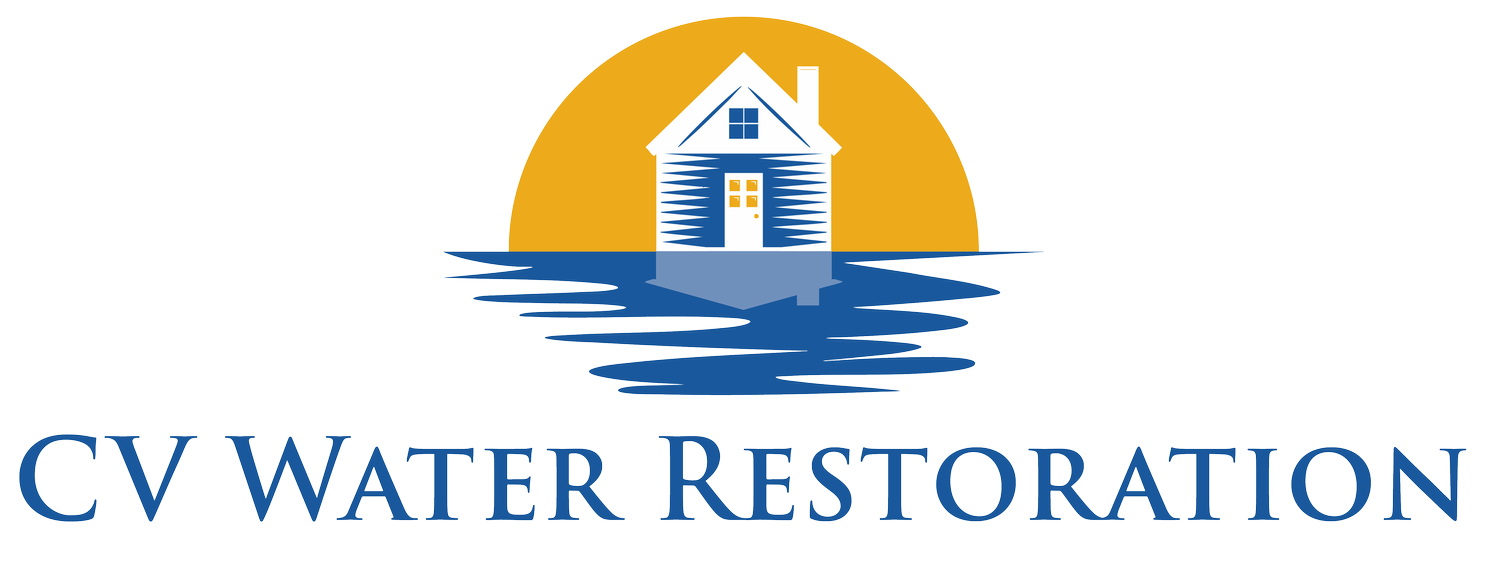DIY vs. Professional: When Mold Removal Becomes Dangerous
Discovering mold in your home can be alarming, and the immediate impulse might be to grab some bleach and tackle the problem yourself. While small mold problems can sometimes be handled by homeowners, there's a critical line between what's safe to DIY and what requires professional intervention. Crossing that line can put your health at serious risk and potentially make the mold problem worse.
The 10 Square Foot Rule
The EPA provides clear guidance: mold growth covering more than 10 square feet (roughly a 3x3 foot area) should be handled by professionals. This isn't arbitrary – larger mold colonies release massive amounts of spores when disturbed, and improper removal techniques can spread contamination throughout your home. Even if you think you can handle it, the risk of cross-contamination is too high.
Hidden Mold: The Invisible Threat
Visible mold is often just the tip of the iceberg. Mold can grow extensively behind walls, under flooring, and in HVAC systems where you can't see it. DIY efforts that only address surface mold while ignoring hidden growth are not only ineffective but can make the problem worse by spreading spores to new areas during the cleaning process.
Health Risks of DIY Mold Removal
Disturbing mold releases millions of spores into the air, dramatically increasing exposure levels. Without proper protective equipment and containment procedures, DIY removal can cause immediate health reactions including respiratory distress, eye irritation, skin problems, and severe allergic reactions. People with asthma, allergies, or compromised immune systems face even greater risks.
The Containment Challenge
Professional mold removal involves sophisticated containment procedures to prevent spores from spreading to unaffected areas. This includes plastic sheeting barriers, negative air pressure systems, and HEPA filtration. DIY efforts typically lack these containment measures, often resulting in mold spreading to previously clean areas of the home.
Protective Equipment Requirements
Proper mold removal requires N95 or P100 respirators, protective clothing, eye protection, and gloves. Most homeowners don't have access to proper protective equipment, and even those who do often don't know how to use it correctly. Inadequate protection during mold removal can result in serious health consequences.
When Black Mold is Suspected
If you suspect Stachybotrys (black mold) or other toxigenic species, DIY removal is never appropriate. These molds produce mycotoxins that can cause severe health problems even with brief exposure. Professional remediation with proper containment and disposal procedures is the only safe approach for dealing with potentially toxic mold varieties.
HVAC System Contamination
Mold in heating, ventilation, and air conditioning systems requires professional attention. DIY cleaning attempts can spread spores throughout your entire home via the ductwork. Professional remediation includes shutting down HVAC systems, cleaning all components, and replacing contaminated filters and ductwork.
Structural Damage Considerations
Mold often indicates underlying moisture problems that may have caused structural damage. Professional mold remediation includes assessment of structural integrity and identification of moisture sources. DIY efforts that only address surface mold without fixing underlying problems guarantee that the mold will return.
Safe DIY Scenarios
Small mold problems (less than 10 square feet) on non-porous surfaces like bathroom tiles may be appropriate for DIY removal if you have proper protective equipment and the mold isn't black mold. Use EPA-approved fungicides, ensure good ventilation, and dispose of contaminated materials properly. Even then, if anyone in your household has respiratory issues, consider professional help.
The Cost of Cutting Corners
While professional mold remediation involves upfront costs, DIY mistakes can be far more expensive in the long run. Inadequate removal often leads to recurring mold problems, potential health issues, and more extensive damage that requires professional intervention anyway. Insurance companies may also deny claims if DIY efforts made the problem worse.
Legal and Insurance Implications
Some insurance policies require professional mold remediation for claims to be valid. Additionally, if you're planning to sell your home, professional mold remediation provides documentation that the problem was properly addressed, which DIY efforts cannot provide. This documentation can be crucial for real estate transactions.
Red Flags That Demand Professional Help
Call professionals immediately if you experience health symptoms when in certain areas of your home, smell persistent musty odors, see mold growth after previous cleaning attempts, discover mold in multiple rooms, or find mold in HVAC systems. These situations indicate problems that are beyond DIY capabilities.
Choosing the Right Professional
When selecting a mold remediation company, look for proper licensing, insurance, and certifications from organizations like the Institute of Inspection, Cleaning and Restoration Certification (IICRC). Get multiple quotes, ask for references, and ensure they follow EPA guidelines for mold remediation.
Prevention: The Best Strategy
Whether you handle a small mold problem yourself or hire professionals for larger issues, prevention remains the most effective strategy. Control moisture, maintain proper ventilation, fix leaks promptly, and monitor humidity levels. An ounce of prevention truly is worth a pound of cure when it comes to mold.
Conclusion
While the desire to save money by handling mold removal yourself is understandable, the risks often outweigh the benefits. Professional mold remediation provides the expertise, equipment, and safety protocols necessary to effectively address mold problems while protecting your health and property. When in doubt, choose safety over savings – your health and your home's integrity are worth the investment in professional services.
